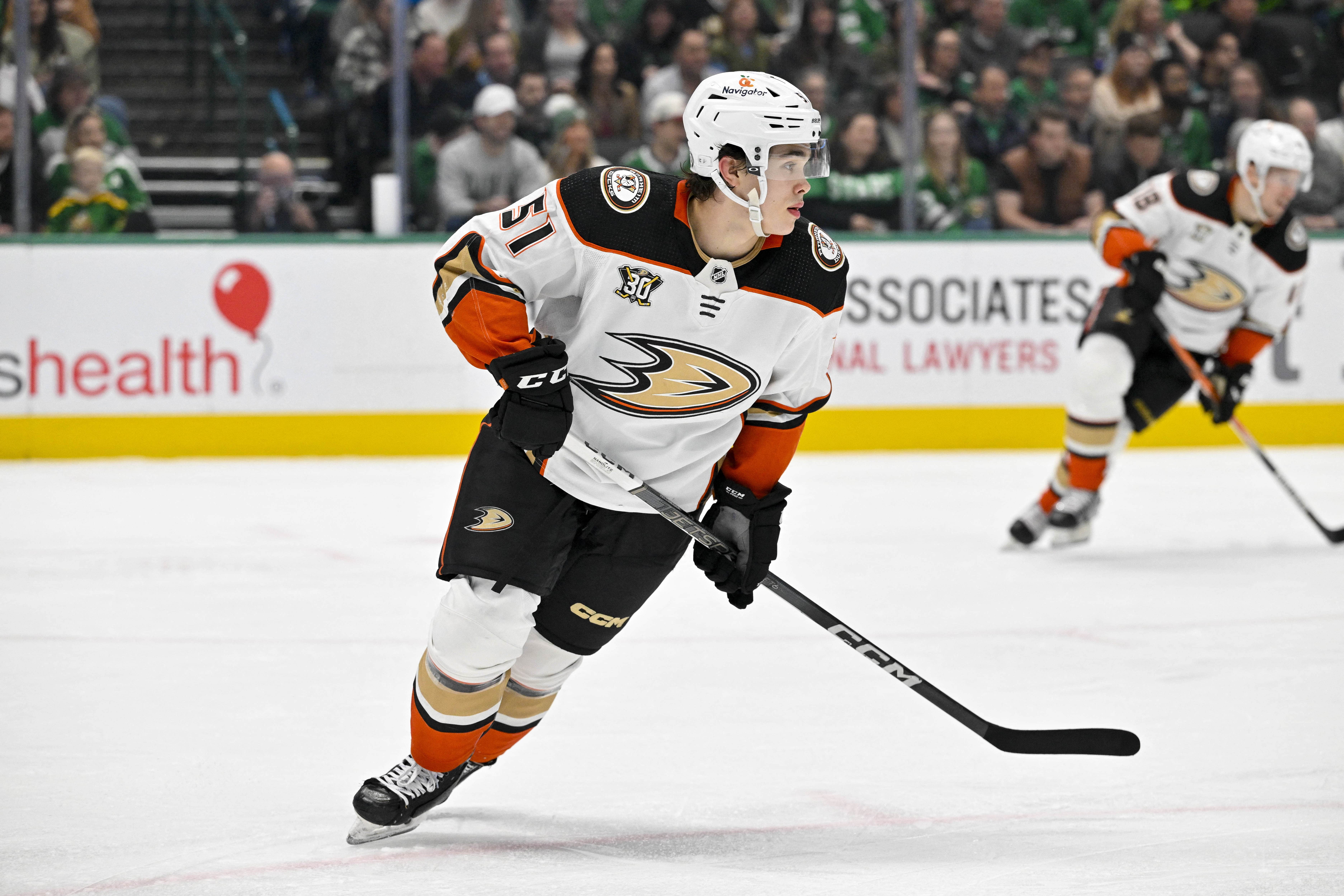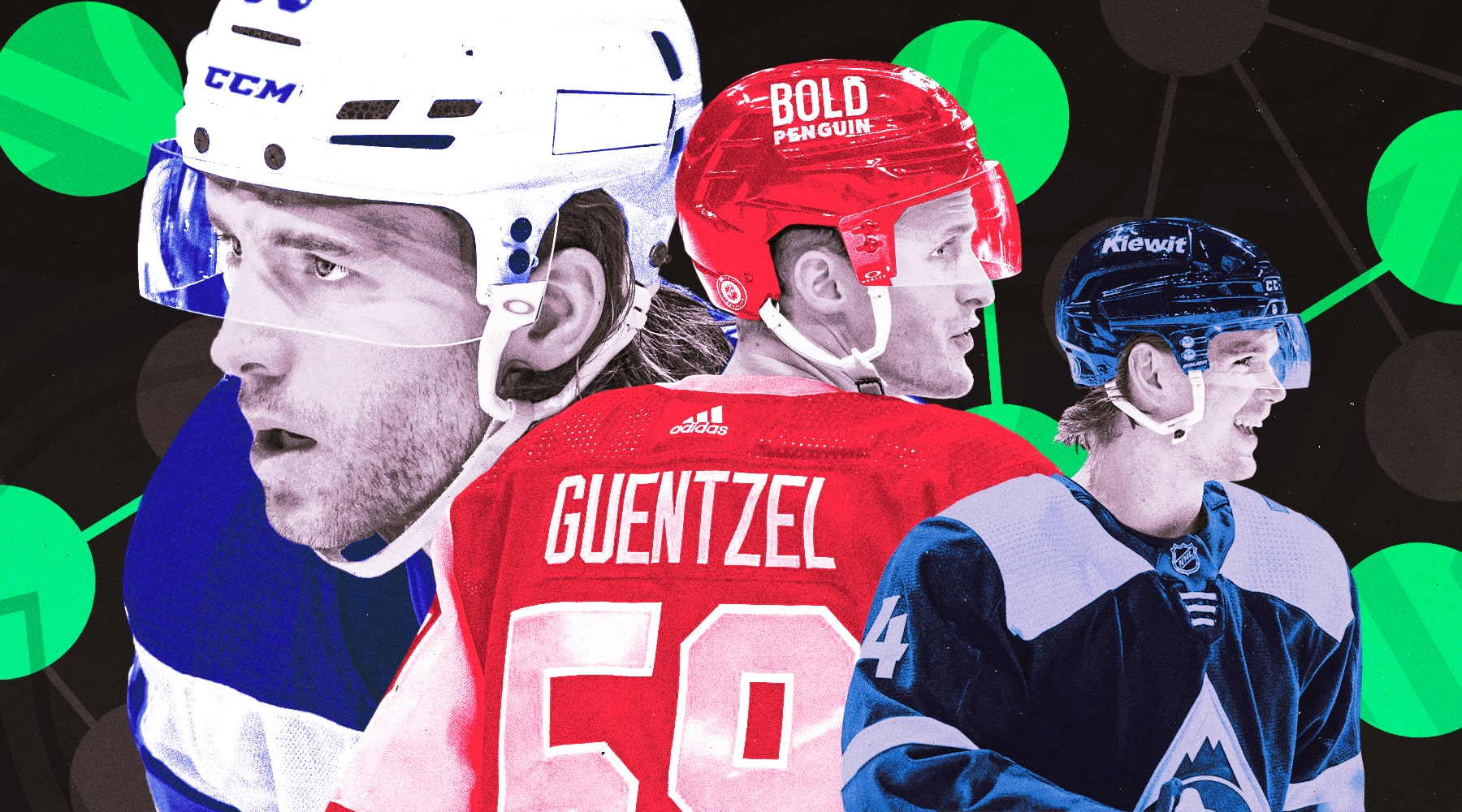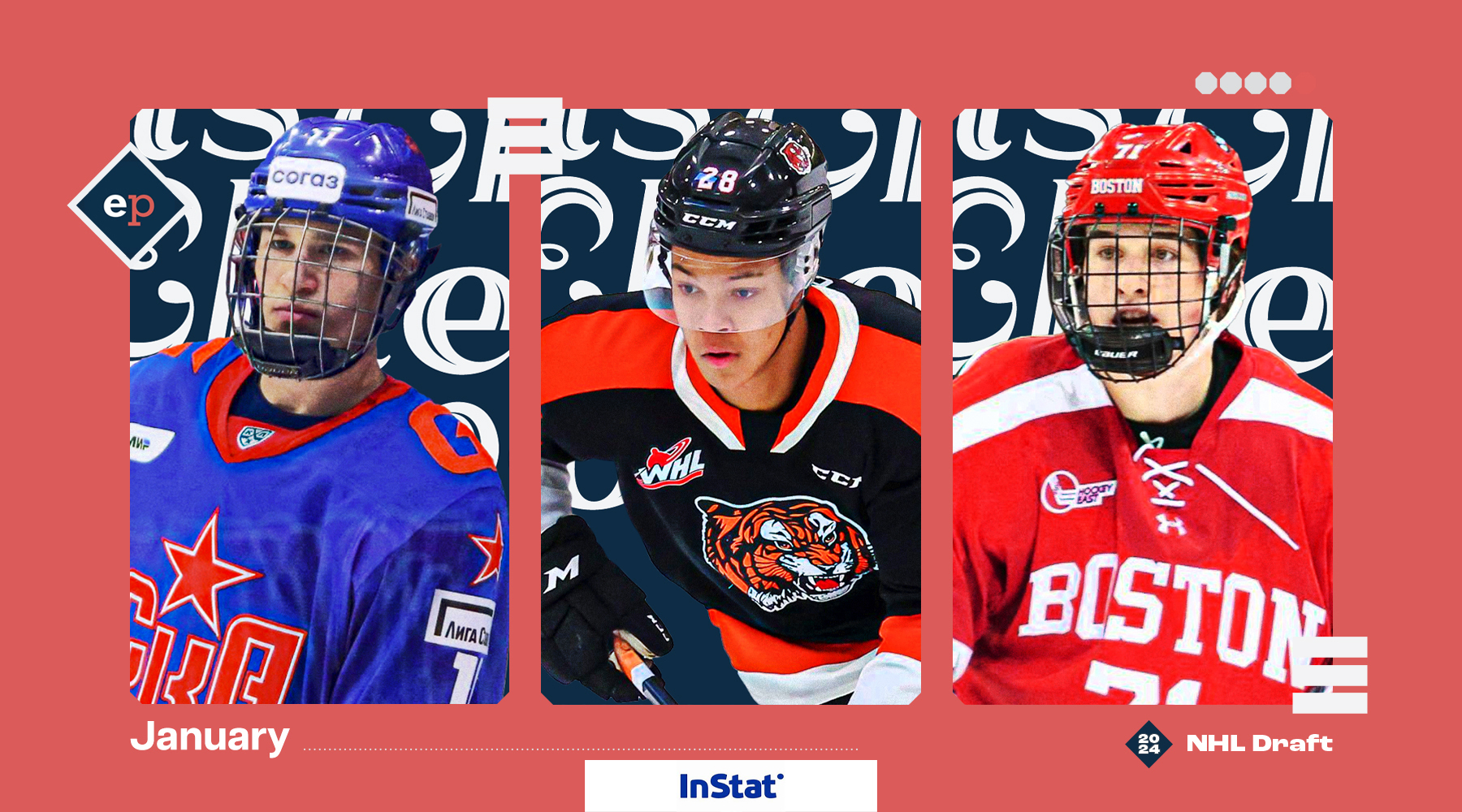AHL Stock Watch: Olen Zellweger thriving in the Anaheim Ducks system

There’s a certain type of player that seems to thrive in the AHL, and those players tend to be the skilled, hard-nosed, net-driving, determined forwards, most often wingers. They take advantage of the league’s occasionally disjointed play and score at an impressive rate right from the moment they make their debut. Sometimes, they even outwork and outshine higher, more skilled first-round picks.
One has to be careful when projecting these pacey, checking threats. They may be dominating at this level, but they don’t always translate their scoring to the NHL, especially if they lack more dynamic, creative abilities.
If they do have those abilities on top of their grittier side, however, they can shoot up depth charts and set themselves up for a rapid call-up and a role on an early middle-six line.
In this edition of the AHL Stock Watch, we take a look at the Nashville Predators and Anaheim Ducks organizations, where some of these NHL-translatable prospects are starting to emerge.
Stock Rising 📈
Olen Zellweger, LD, San Diego Gulls (Anaheim Ducks)
Olen Zellweger’s 12 points in 10 games in February were the most by a player at his position. This stretch of play moved him even closer to the point-per-game mark, a plateau that few defencemen ever reach in the league, let alone rookies.
Just as he did in the WHL, Zellweger creates with his skating. Moving all over the ice, probing for openings, he deceives defenders and bounces the puck off teammates. He drives right through the middle of the ice off the rush and accelerates down the wall in the offensive zone. He accelerates away on the attack on his very first touch of the puck, spins, feints, and creates openings.
On any given shift, you can find him around the net or even behind the goal-line in the offensive zone, acting as a forward for a few seconds, until it’s time to climb back up to defend.
He plays a looser and riskier game than many other prospects in the organization. That style of play is not without its downfalls. The defensive game will also always be harder for him, considering his stature but Zellweger seems to be learning from the AHL environment and picking his moments to attack better as the season goes on. His close-outs and box-outs are improving.
It may take him some time to fully earn the trust of the Ducks coaching staff, but he’s improving and his creativity isn’t diminishing. His recent play earned him a deserved call-up to the main club.
Zachary L’Heureux, LW, Milwaukee Admirals (Nashville Predators)
Zachary L’Heureux is an unusual prospect. He currently sits third in total penalty minutes in the AHL, and the two players ahead of him are career fighters and bruisers who tower over him and generate about half as much offence as he does.
L’Heureux plays a physical game, but it would be more accurate to describe him as a pest than a bruiser. He does some of his best work around the net, popping in and out of traffic, punishing defenders, and finding loose pucks. His motor never stops. He runs at and after opponents on the forecheck and backcheck, stick-lifting, hitting, and slamming until he gets the prized puck back.
He doesn’t want to make plays on opponents, but to get past them. He’s a playmaker, who will go to great lengths to accomplish his ideas, but who may lose his cool when the play doesn’t go his way.
His current heater in the AHL – nine points in his last 10 games – is only getting him closer to an NHL role. NHL teams do value players like him, who play with an edge and can orchestrate clever passing plays, as long as they remain disciplined and maintain their defensive impact.
L’Heureux is on a clear NHL track. He just has to stop himself from derailing his own wagon.
Stock Steady ↔️
Joakim Kemell, RW, Milwaukee Admirals (Nashville Predators)
Joakim Kemell’s 13 points in 14 games start to his first AHL season, set the bar high. Most European forwards coming over at 19-years-old don’t score that often, playing on a smaller ice surface against some of the league’s veterans.
This season, the Finnish winger has continued to score, but at more of an expected rate for a player at this stage of his career.
Kemell is learning to play a better pressure game, to position well defensively, and to transition the puck quickly from zone to zone, but it’s doubtful that he will ever become a physical force or a manipulative playmaker.
He continues to make his biggest contribution on the powerplay, where he has space to roam, organize passing plays, and fire one-timers at the net. His shot is his biggest NHL ticket, the main element that separates him from his internal competition in Nashville’s organization.
To earn a role with the Predators, he has to continue developing his high-end release and his two-way game.
Artyom Grushnikov, LD, Calgary Wranglers (Calgary Flames)
Defencemen who fail to score at multiple different levels rarely make the NHL, but Artyom Grushnikov could be an exception.
While other players were padding their stats with power play time, Grushnikov focused on his defensive game. He honed his rush defence posture and his ability to pin opponents on the boards. His agility, already a strength in his draft year, became even better over the next few years. Combined with his range, that four-way mobility makes him hard to beat 1-on-1.
Grushnikov also has the motor to jump from check to check in the defensive end and enough passing skills to relaunch the attack after getting the puck back.
We did expect him to develop more offensively at this stage in his career, but his defensive skills could lead him to a bottom-pairing, insulator role in the NHL.
Stock Falling 📉
Nathan Gaucher, C/RW, San Diego Gulls (Anaheim Ducks)
It’s always difficult to evaluate 20-year-old rookies in the AHL. Some of them don’t get favourable enough deployments to score.
That’s what’s happening with Nathan Gaucher right now with the San Diego Gulls. He’s only getting about 12 minutes of 5-on-5 ice time and barely any power play usage. The Gulls also struggle to score as a whole. It’s hard to put up points in that situation.
But still, even when taking into account his circumstances, we did expect him to put up more than 16 in 50 games in his first AHL year. He has the size and the strength to win battles and enough scoring skills to contribute in the offensive zone.
His line doesn’t seem to control the flow of the play that often. They spend their ice time pursuing the puck and defending. His passing skills, a prominent element in his game in the QMJHL, barely appear in his games with the Gulls.
Next year, with hopefully better offensive support, chemistry, and ice time, Gaucher's scoring should improve.
Despite his early AHL struggles, Gaucher remains an easy player to project to a bottom-six, more defensive NHL role, similar to the one he’s filling right now with the Gulls.



